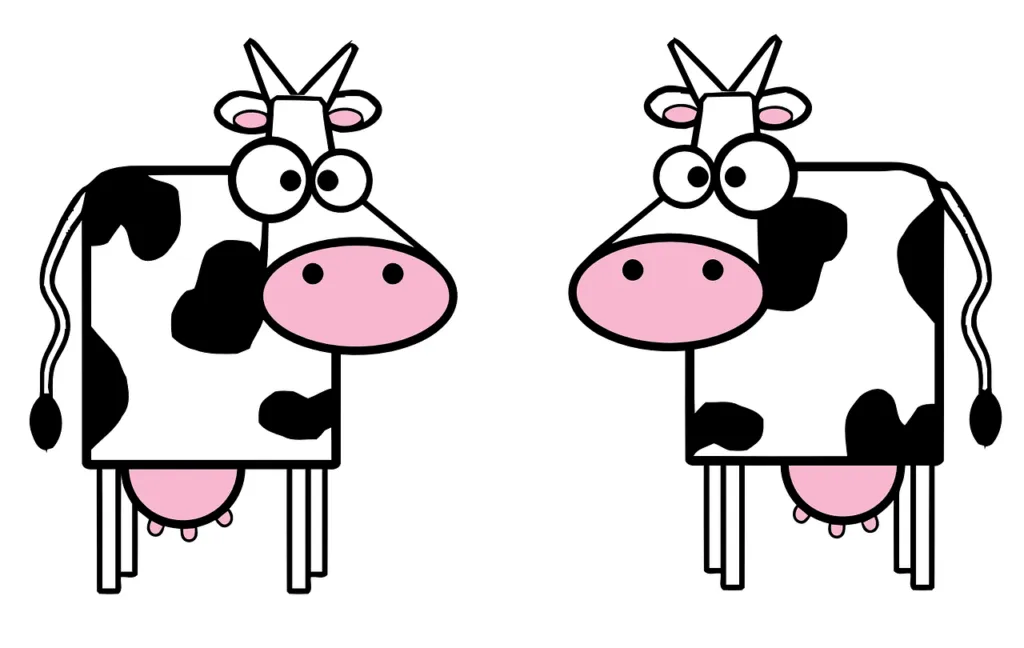There are many different varieties of milk available for consumption
The different milks tend to vary according to the way they are produced, and their fat content. The fat content of milk varies depending on the product e.g. whole milk has a fat content of about 4% fat, whole standardised milk, that which is widely available for sale, has a minimum fat content of 3.5% fat, semi skimmed milk contains 1.7% fat, skimmed milk contains about 0.1% fat, and in addition there is 1% fat milk
Natural milk is milk with nothing added or removed. Whole standardised milk is whole milk standardised to a minimum fat content of 3.5%.Whole homogenised milk is identical in fat and nutrient content to whole standardised milk however it has undergone a specific process known as “homogenisation” which breaks up the fat globules in the milk. This spreads the fat evenly throughout the milk and prevents a creamy layer forming at the top.
Recommended Post
How is it produced
Natural whole milk is collected from the dairy herd and undergoes various processing techniques before it reaches the shelf for consumption by the general public.Most of the milk consumed in Europe, Scandanavia, the USA, Australia and New Zealand is pasteurised.
Pasteurisation is the process whereby milk is heated with the purpose of killing potentially harmful micro-organisms such as certain pathogenic bacteria, yeasts and moulds which may be present in the milk after initial collection. This helps to protect against any food borne illness that can occur through consumption of raw (unpasteurised) milk.Various pasteurization and heat treatment techniques can be used in the production of milk which can affect storage capacity-detailed in later sections.
Much of the milk in the market is now homogenised as well as pasteurised. Homogenisation offers a way to reduce the fatty sensation of whole milk and prevent the formation of a cream plug.
Semi skimmed milk
Semi skimmed milk is the most popular type of milk in the UK with a fat content of 1.7%, compared to a minimum of 3.5% in whole standardised milk and 0.1% in skimmed milk
Skimmed milk
Skimmed milk has a fat content of between 0-0.5% and an average fat content of 0.1%. Skimmed milk therefore has nearly all the fat removed.It contains slightly more calcium than whole milk and lower levels of fat soluble vitamins, particularly vitamin A, as this is lost when the fat is removed The lower level of fat in skimmed milk reduces its calorie (energy) content. For this reason it is not recommended for children under the age of 5 years as they need the extra energy for growth. However it is ideal for adults who wish to limit their fat or calorie intake.
1% fat milk
The nutritional differences between semi-skimmed and 1% fat milk are small and dependent mainly on the difference in fat content. 1% fat milk contains 40% less total and saturated fat than standard semi-skimmed milk. In addition, it has a lower energy content than semi-skimmed, and slightly lower levels of vitamins A and E, but has a higher calcium content
Organic milk
Organic milk comes from cows that have been grazed on pasture that has no chemical fertilisers, pesticides or agrochemicals used on it.

